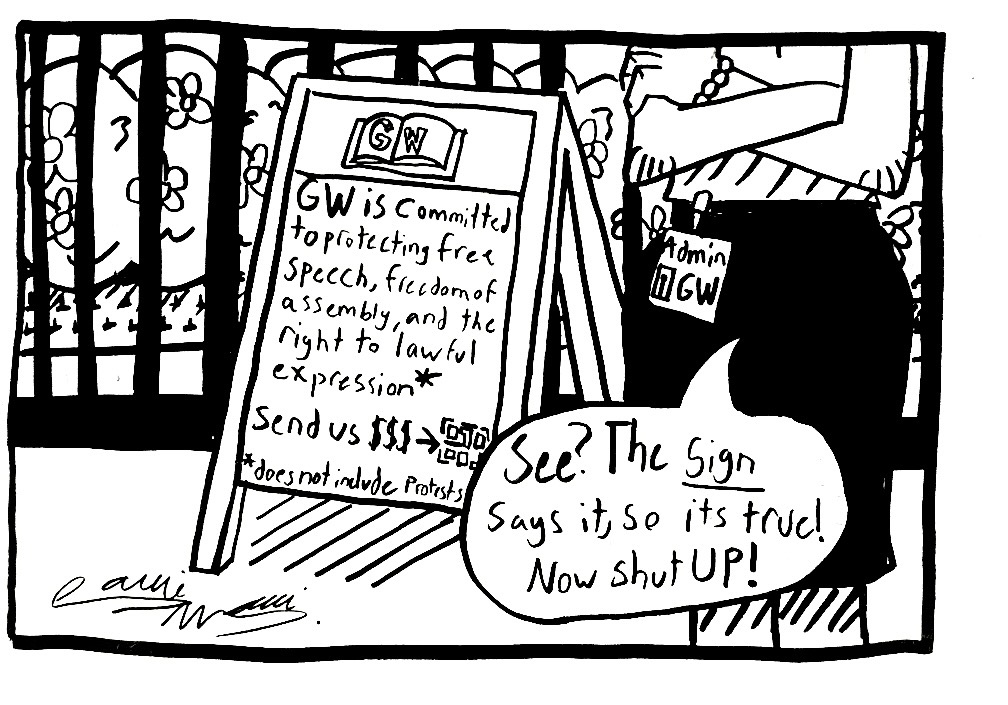Shaista E. Khilji is a professor of human and organizational learning and international affairs.
As protests have erupted across the country, university leaders have shown us who they serve and who they are accountable to — and it is not the mission of the university. By caving into political and donor pressures, they have also made fissures within higher education appear even more visible.
To understand how we ended up here, first understand universities are founded on the principle of freedom of thought and expression. They are the bedrock of a healthy, functioning democracy. They are expected to allow open interpretation and exploration of ideas, the transmission of knowledge and robust debate. In a free society, university leaders promote and defend these values.
But universities have been gradually hollowed out, due to neoliberal reforms implemented to address rising tuition costs and dwindling funding.
Such reforms have changed the character of universities. What were once “communities of scholars” became conventional workplaces focused on revenue generation. This has significantly impacted the daily experiences of faculty and students: the way we teach, what we teach, how we interact with each other, the topics we research and how society sees us.
Shared governance, the most distinctive feature of higher education, became contested and eroded. And as trustees and wealthy donors accumulated more power, the role of university leaders changed from chief mission officers to CEOs.
The ineffectual congressional testimony of Columbia University President Minouche Shafik in recent weeks and her subsequent stringent actions to break up the student protests and encampments are testaments to the weakened foundation of our universities. They also reveal a disturbing rise of authoritarianism on our campuses.
For many people, the images of police cuffing students, wrestling protestors to the ground and faculty being arrested will be hard to shake off. University leaders’ draconian actions are destructive to campus climate. They are likely to further alienate a significant portion of the public from the promise and intellectual excitement of higher education.
Protests are a rich university tradition. They offer the space to express dissent, shaping the political, economic and social landscape. As the “Open Letter from Faculty and Staff across the DC, Maryland, and Virginia Region” indicates, GW’s repression of the peaceful pro-Palestinian protest and suspension of protesting students do not build a community “that reflects and embraces a rich and broad range of human experiences and perspectives.”
GW leaders claim these peaceful protestors are making unauthorized use of the campus space. Do they need reminding that the very foundation of a university — its very purpose — is freedom of expression?
While officials lament that “such activities are inconsistent with the university’s mission and values,” GW’s Student Code states dissent is essential to its commitment to free speech. They are emphasizing the safety of the community, forgetting that heavy police presence, their intimidation techniques on peaceful student protestors and their prior unilateral decision to arm GW Police Department officers have not made all people feel safer.
The role of a university is to empower its students and teach them compassion, civic duty, global citizenship and empathy so they can collaboratively tackle problems of their time. In addressing this tidal wave of student protests at GW, I hope the University’s leaders act as Revolutionaries and model the democratic and moral ideals of the institution it represents. Otherwise, student and faculty dissent will only fester, which will further erode the integrity and legitimacy of higher education.


